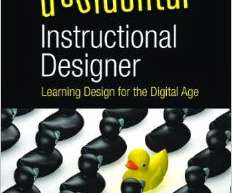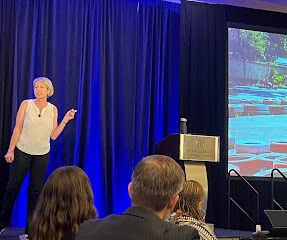The Accidental (Mobile) Instructional Designer #mlearncon
Learning Visions
JUNE 27, 2014
A really great conference with an engaged community of practitioners actively solving problems and seeking out ideas and insights. This week, it''s been mLearnCon in sunny San Diego! I led a session on Thursday, riffing a bit off my new book. So many of us working in this field found ourselves here seemingly by accident.








































Let's personalize your content